The politics of her placement
The rooms she claims: On interiors as a blueprint for feminine power & sovereignty
Perhaps, the women whom I consider literacy goddesses were deeply intentional about the development of their space. Politically and socially, the perception of womanhood has long been contested. Dwelling, like the body, is constantly under scrutiny and controlled.
Still, there’s a veil I notice when I look at the great women writers, scholars, musicians, archivists. A veil of calm. A veil of knowing.
Within their archives, I see a space as a construct of safety and sovereignty. Decorated with books, various materials, flowers, you cannot forget the flora in an archival image. The politics of her placement lies in this radical freedom: to shape an interior that evokes memory, reason, and imagination.
I’m drawing here from the ideas of Tina M. Campt, who urges us to “listen to images.”
So I ask, What does it mean for a woman to flourish in a space she makes her own? One in which she controls the rhythm, where she gathers with her constellation, her chosen circle of kindred thinkers.
Interiors, then and now, have always been a proposition of identity and a cultural stance.
I raise questions about design history, spatial language, and selfhood.
Take, for instance, the image of the legendary wordsmith Octavia E. Butler, hands on her hips, low-cut afro, standing confidently within what appears to be a minimal, carefully arranged library. The books are stacked low. The light is natural. There is no abstraction here. Octavia’s space is political. And so is her pose. You are not granted authority to question her placement, she damn right asserts it.
There’s a sensual kind of desire I feel when sifting through archival images of women in their interiors. It’s a design language that signals its era, but more than that, it signals the life that took place there. The ripple effect of their presence.
Toni Morrison’s home, photographed and shared in quiet corners of the internet, is a design thesis on interior in rhythm with literature. Her terracotta plant pots sprout with life. And that’s it — life. That’s the core of the archive.
To women of all kinds, life is political. To host space is part of our deep archetype.
I study the exposed brick in Morrison’s parlor, framed by distinct carved wood. A mantel adorned with trinkets and candles, not for display but for ritual. Sculpture in a home is never just décor. It’s a gesture toward ancestry, memory, spirituality. To live with such objects in the western world as a Black and Brown woman? That is radical.
Placement is theory.
Each trinket, each functional piece contributes to the aura of the interior.
Everything in Morrison’s parlor is a quiet decision, made for comfort, for honour, for her own gaze.
Why is this important, you ask?
Because interior design is a booming industry, yet Black & Brown voices are often reduced to lists: “24 Black Interior Designers You Should Know.”
That isn’t inclusion. It’s a sorting algorithm, let’s chill with these lists.
I share these archives to invite us to approach design and figuration with reverence. To treat interiors as art. To see the woman in the room not as ornament, but as thee architect. This is a call to explore placement, her placement, as cultural theory.
Even in “mess”. Especially in mess. I look at Arundhati Roy, seated near a window, flanked by towers of books and fabrics, columns of memory within a warm, brown, wooden shell. Her surroundings are not curated for Instagram. They are lived in. They are sacred. That is the placement theory I return to again and again.
Anyway, I’m staging my own investigations now. I’m interested in how objects make us feel. How spaces hold us. How beauty becomes a blueprint.
Are you a budding designer? A thinker, a noticer, someone who craves beauty and function with intention?
Then this is for you. You belong here.
“I think of beauty as an absolute necessity. I don’t think it’s a privilege, or an indulgence. It’s not even a quest. I think it’s almost like knowledge — which is to say, it’s what we were born for.”
— Toni Morrison
Enjoy the digital archives I’ve collected, images of women seated in their authority, surrounded by beauty, because everything… everything… is political.
Christina Nwabugo


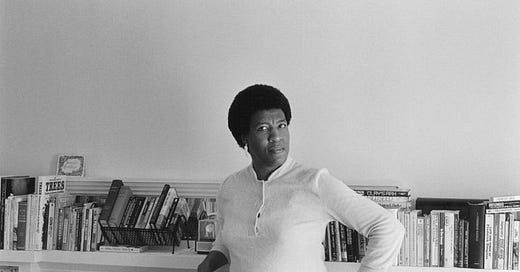


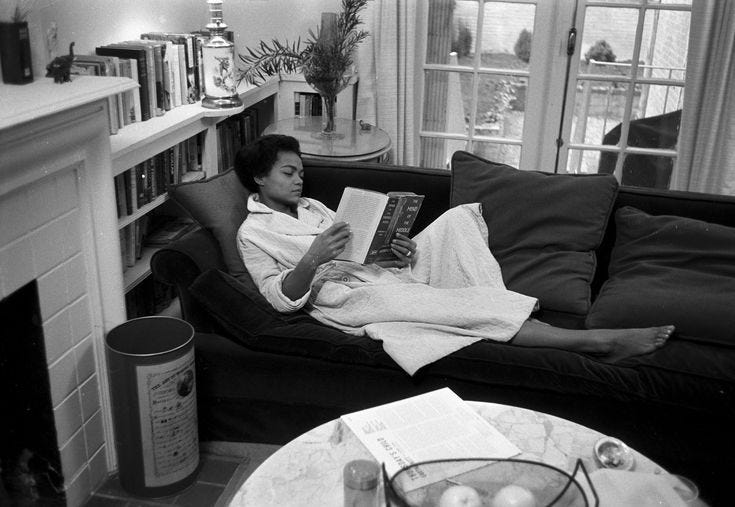
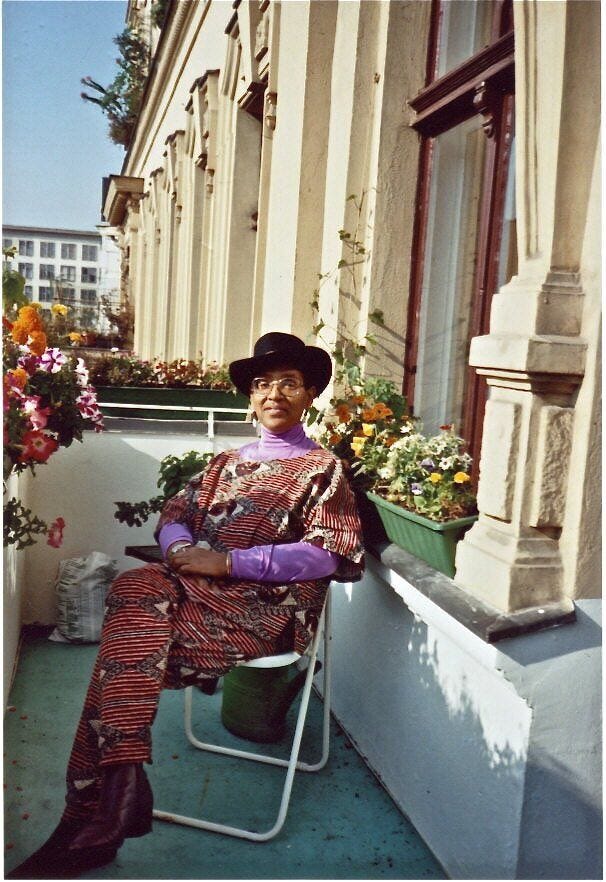



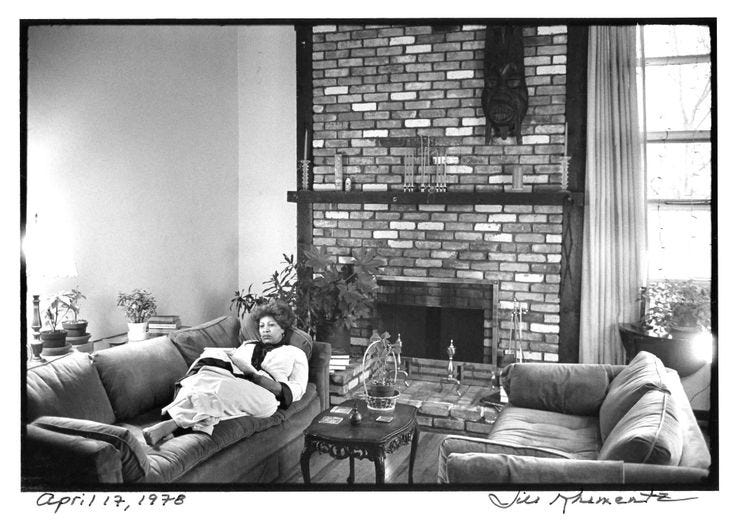
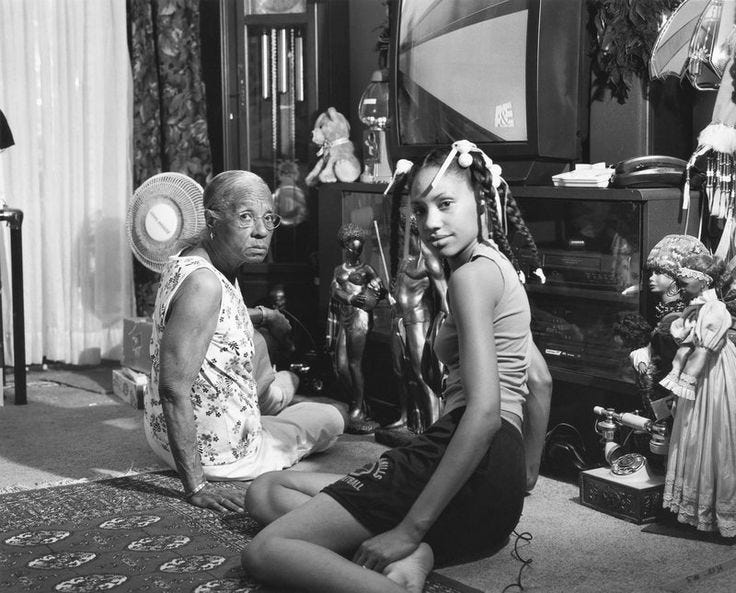
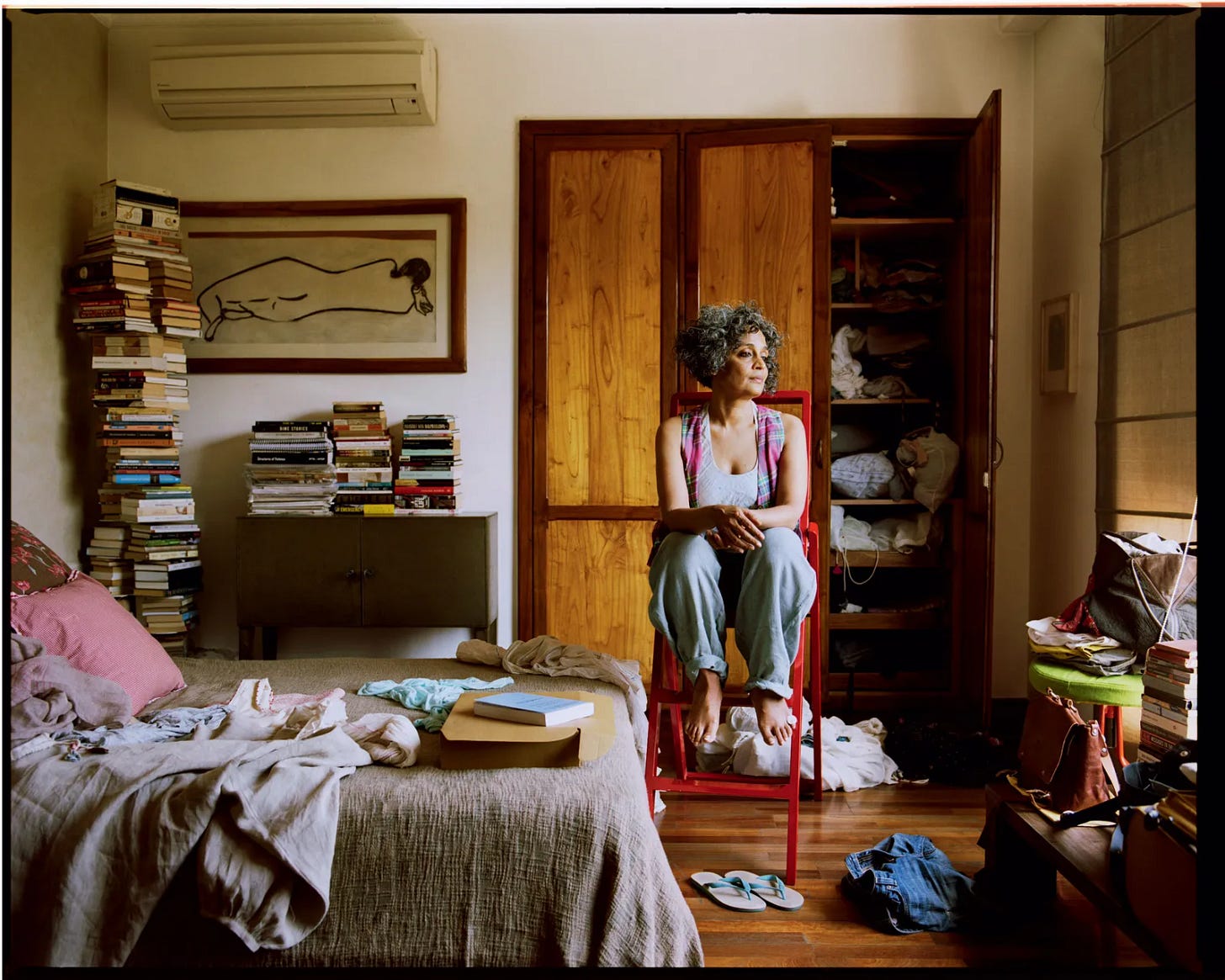
Thank you for writing this